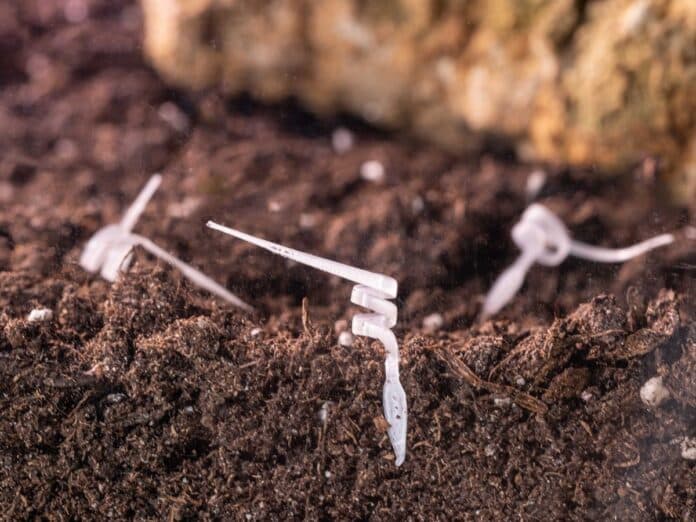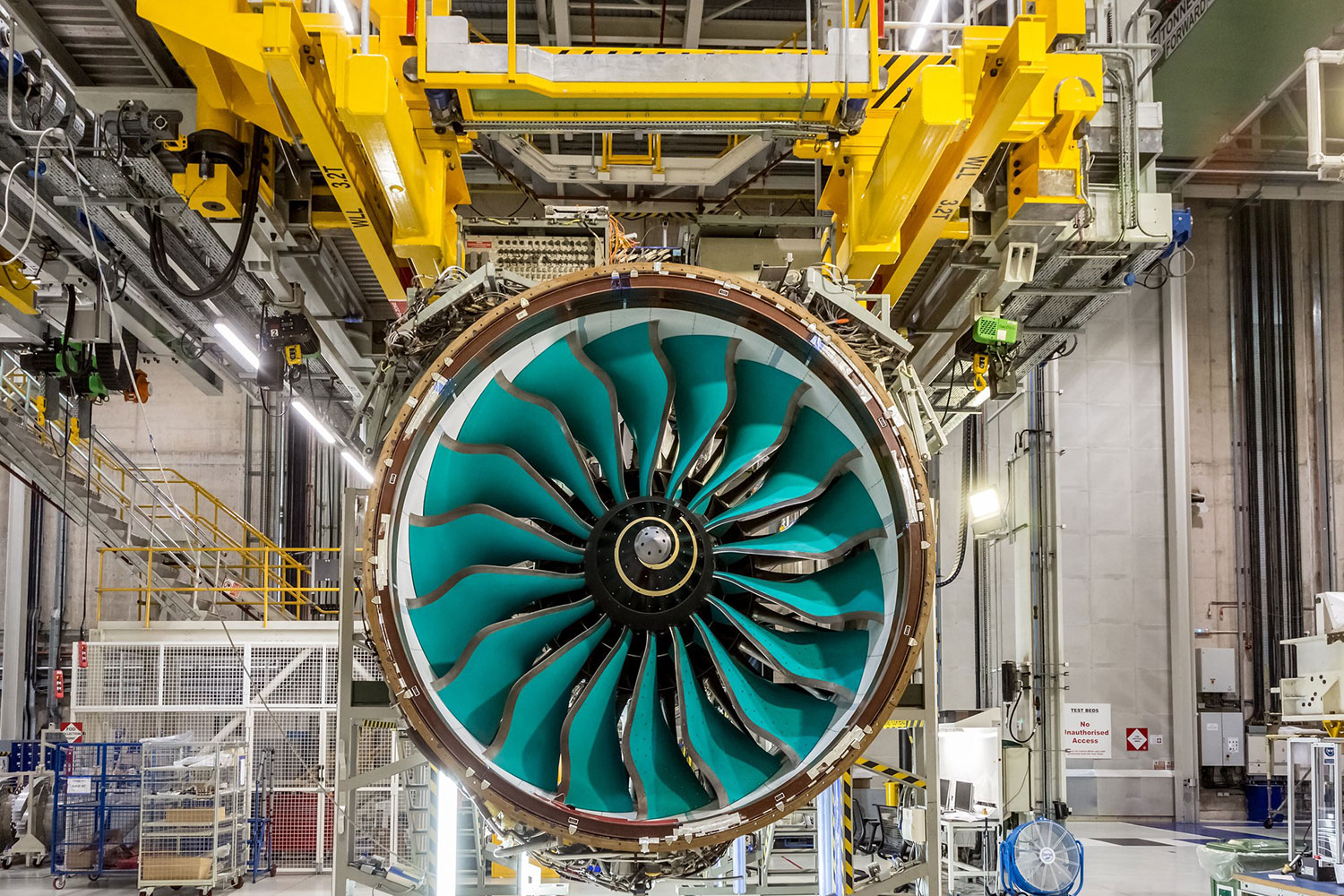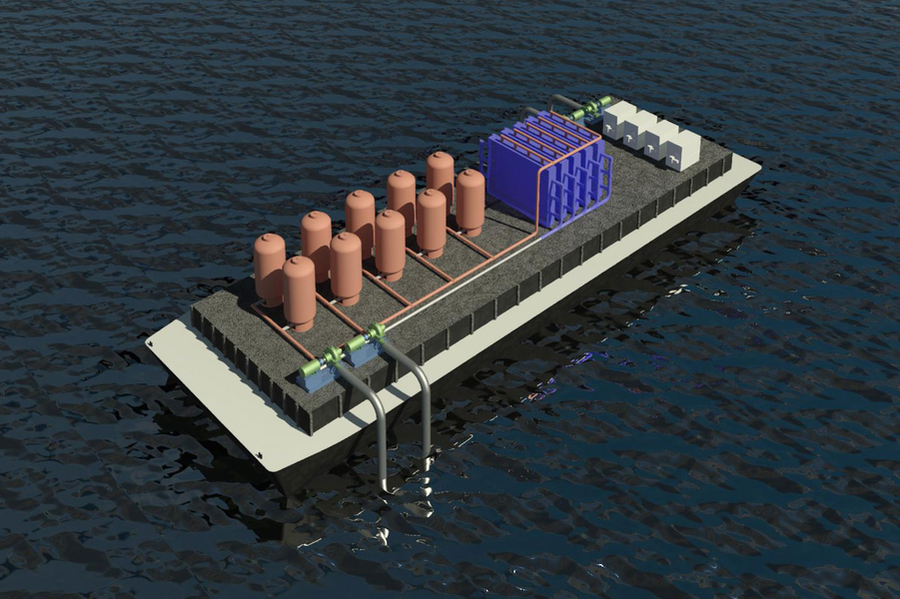Istituto Italiano di Tecnologia (IIT-Italian Institute of Technology) researchers in Genoa, collaborated with the University of Trento, to develop the first 3D-printed biodegradable seed robot. Known as I-Seed, this robot is capable of moving within the soil without using any battery, or external energy sources.
The robot is inspired by the shape of a seed structure of the South African geranium (Pelargonium appendiculatum), which changes shape in response to environmental humidity.
This remarkable robot is developed using biodegradable materials and is capable of examining the soil based on humidity changes. Researchers foresee it could be used in a variety of applications, from environmental monitoring to reforestation.
“Our studies started from the observation of nature, to imitate the strategies of living beings or their structures and replicate them in robotic technologies with low environmental impact in terms of energy and pollution,” said Barbara Mazzolai, corresponding author of the study.
Researchers thoroughly analyzed the structure and biomechanics of the natural seed.
Researchers replicated the seed design to develop this robot using 3D printing and electrospinning techniques
They also investigated different materials capable of absorbing humidity and expanding, to create artificial seeds. They finally chose biodegradable thermoplastic polyester as a material for artificial seed creation.
“These biodegradable and energy-autonomous robots will be used as wireless, battery-free tools for surface soil exploration and monitoring. This bioinspired approach has allowed us to create low-cost instruments that can be used to collect in-situ data with high spatial and temporal resolution, especially in remote areas where no monitoring data are available,” said Luca Cecchini, first author of the study.
The findings were published in the journal Advanced Science.






